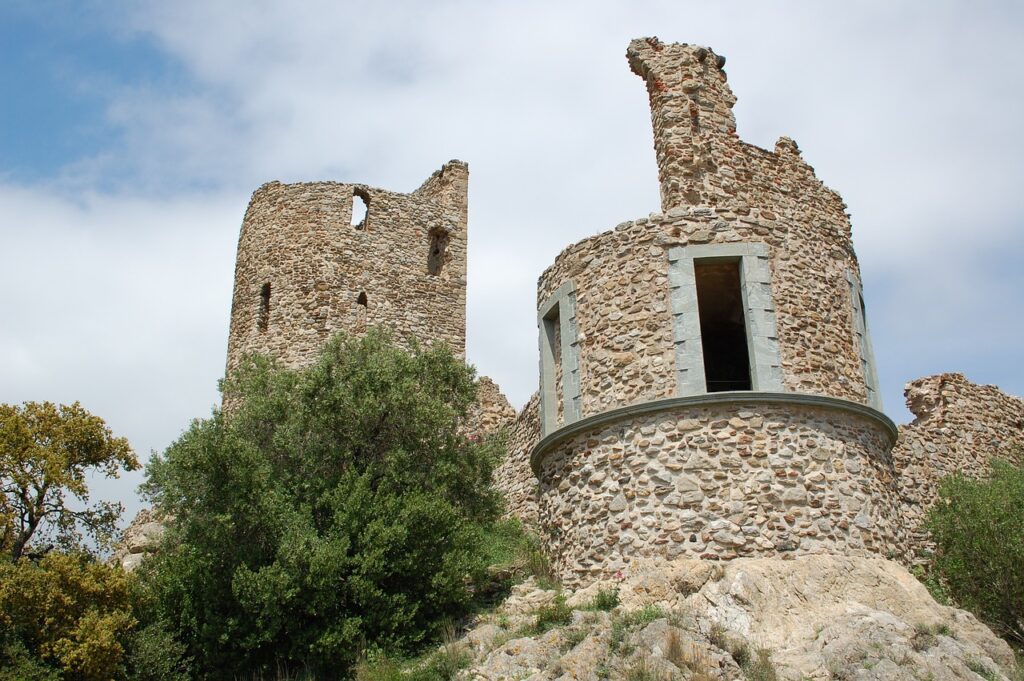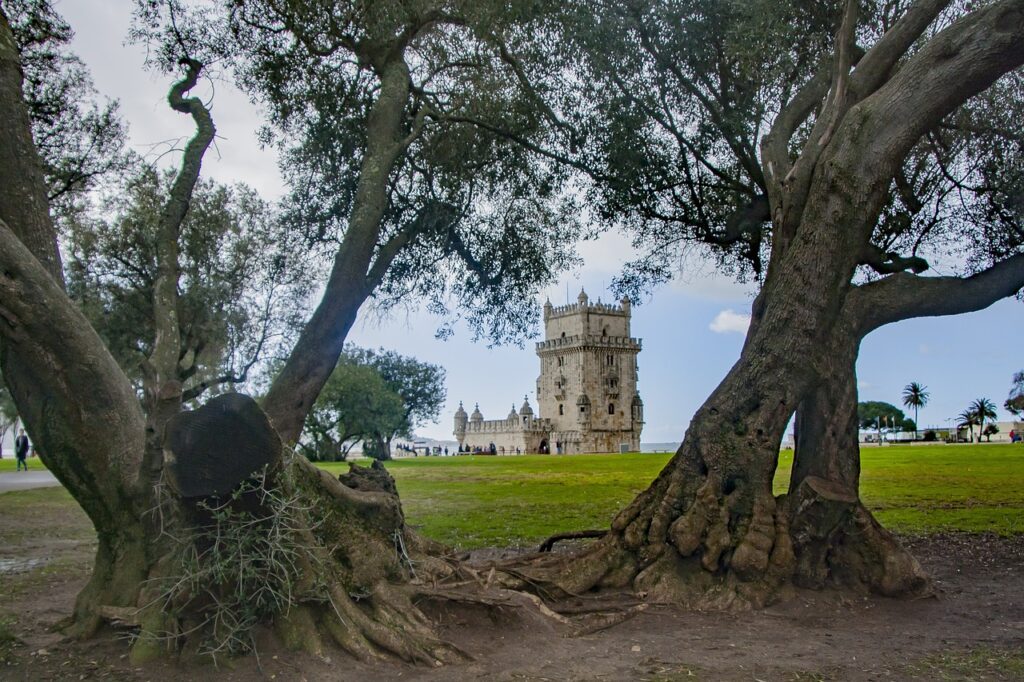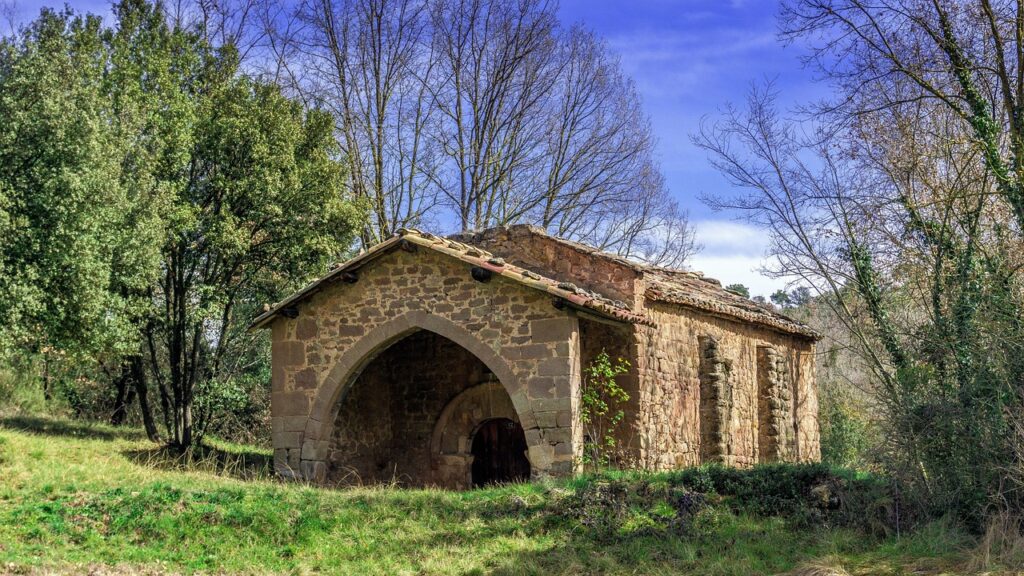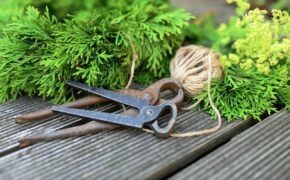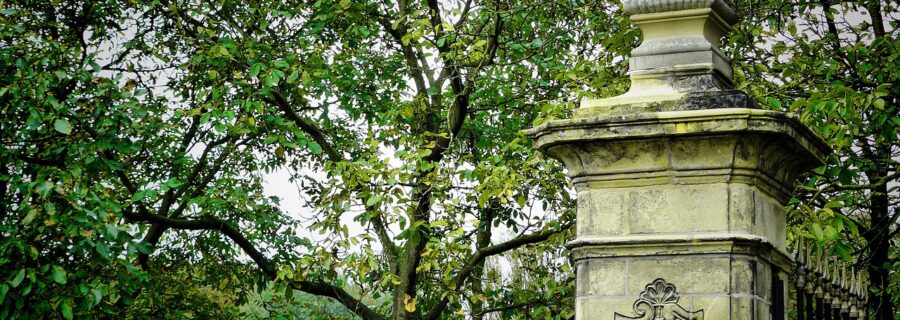
Get a quick no obligation quote It’s free and will only take a jiffy!
A Guide to Tree Care for Heritage Sites
Heritage site tree care is not merely a matter of horticulture; it’s a commitment to conserving living artefacts that contribute to the cultural and historical fabric of our landscapes. Trees on heritage sites are not just part of the scenery; they are storytellers, charting centuries of history. In this blog, we’ll explore the intricate world of tree care for heritage sites, emphasising the importance of preserving these majestic living monuments.
What is a veteran tree?
An ancient tree, is as you might expect, is a tree that is very old for its species. A veteran tree can be of any age, but has features of an ancient tree, including:
- A wider trunk compared to other trees of the same species
- Hollowing within the trunk
- A low, squat shape, because the crown of the tree has reduced in size
It’s important to pay special attention to veteran tree care at heritage sites.
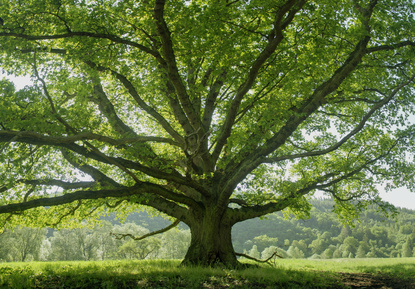
What species of trees are involved in heritage site tree care?
Trees found at heritage sites will tend to be native British trees that have a long associated history with the UK.
If you’re looking to introduce new trees, it is vital that they are historically accurate for the specific site. You should consider the era of the property, and select trees that would naturally have thrived at this time. This not only adds authenticity to the landscape, but also promotes the overall health and vitality of the trees.
For example, a sycamore tree is thought to have first been introduced to the UK in the 1500s. However, this species was not naturally widespread until the mid-1800s. In comparison, the oak tree has a strong English culture and has long been admired as a typical British native tree. With an average age span ranging between 150 – 250 years, some oak trees can live to be over 1,000 years old and would, no doubt, fit well in the landscape of many older heritage sites.
Additionally, you will need to consider how different conditions affect different trees. What are the local soil conditions? What is the local climate – is there a high or low rainfall? How much space does the heritage site have to accommodate the different ranges of size of trees?
For example, a weeping willow likes damp soil that is close to water, located in full or part sun. This species needs between 10 and 20 metres in both height and spread. A yew tree is a UK native evergreen tree with a long history of being grown in the UK. These trees like any soil type and will tolerate full sun through to full shade.
What is involved in heritage site tree care?
Heritage tree care will involve regular tree maintenance to keep them looking their best, adding to the beauty of the landscape and retaining their historical appearance.
A skilled arborist may employ traditional shaping methods or specialist pruning techniques for certain species. For example, ash trees or oak trees may require a crown reduction if the tree has grown overly wide or high.
There’s no doubt that older trees need special and regular attention and come with their own unique set of challenges. Veteran tree care may involve dead wood pruning to deal with the removal of dead or damaged wood.
Older trees located on heritage sites, visited by a large numbers of people, require regular risk assessments to identify potential structural issues or disease that may arise with age. Vigilance is needed to check for storm damage, not only for the safety of the public, but also for the continued health of these venerable trees.
What conservation practices are involved with heritage tree care?
Heritage tree care involves more than routine pruning. Adopting practices such as soil care, mulching and other sustainable methods contributes to the overall health and vitality of these living treasures. By nourishing the soil and creating optimal growing conditions, arborists play a vital role in extending the life of these historical trees.
Why does tree care involve documenting the tree’s history?
Each tree on a heritage site has a unique story to tell. Encourage the documentation of the history by creating a tree inventory. Note significant events associated with each tree and use this for educational purposes.
Sharing the rich history of these trees adds another layer of appreciation for their role in the heritage site’s narrative.
Why are Tree Protection Orders worth pursuing with veteran tree care?
In many cases heritage trees are legally protected with Tree Protection Orders (TPOs). TPOs are in place to safeguard the trees from unnecessary harm or removal, ensuring their continued presence on the landscape.
Understanding and complying with these orders is essential for any tree surgeon or arborist involved in heritage tree care.
Heritage and veteran tree care is vital for the future
Heritage site tree care is a delicate and rewarding task that requires a blend of expertise and respect for history. Preserving these living monuments is essential, not only for the landscape and protecting nature and the environment, but also for respecting and conserving the history of the site.
TH Trees Ltd provides careful tree care and maintenance for all tree types in locations ranging from heritage sites to parks and back gardens. We are approved by the local authority and Trading Standards and hold an extensive list of qualifications.
For advice and a no-obligation quote in all areas of tree management, please call us on 01268 642 814.
Had a fallen tree in the early hours of Monday morning, called for quote and the team had it cleared on the same day. Really good communication when the lads were onsite and did a great job. Lots of pride in their work shown with the thorough clear up. Would thoroughly recommend.
Thank you Stuart for your kind review. We were glad to be able to help you with your fallen tree. If there's anything else you need in the future, please don't hesitate to get in touch.

